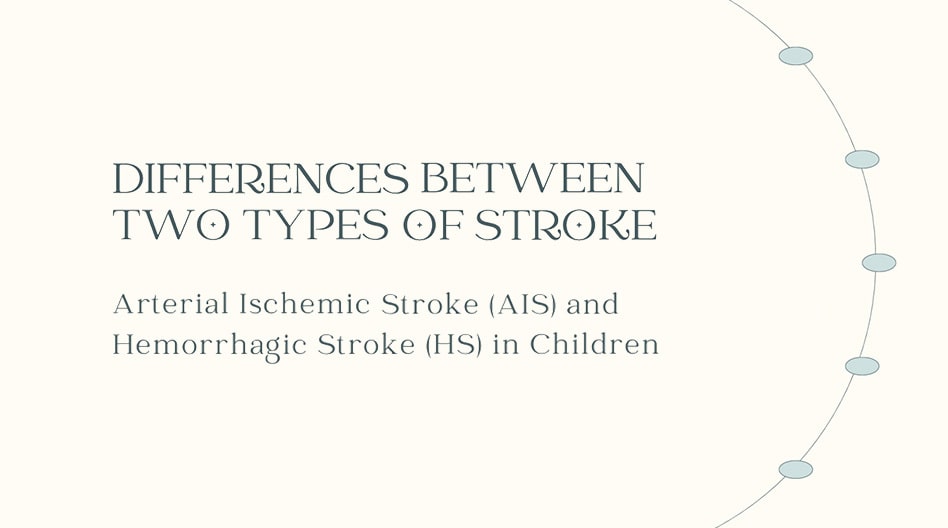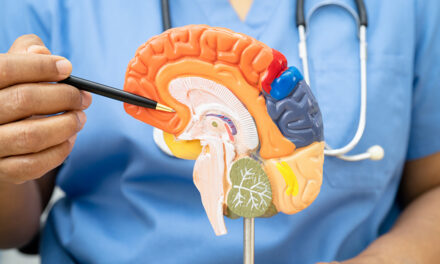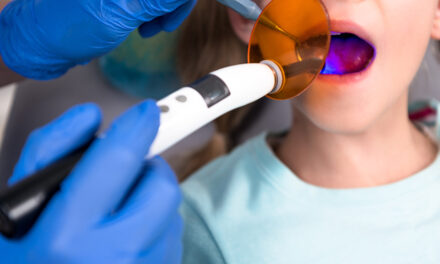This study investigates the differences between two types of stroke in children: arterial ischemic stroke (AIS) and hemorrhagic stroke (HS). It focuses on their causes, risk factors, symptoms, and outcomes. Even though strokes are rare in children, they can have serious effects on long-term health, sometimes resulting in disability or mortality. Since there is limited data available on pediatric stroke, this research aimed to provide a detailed comparison of AIS and HS.
The study looked back at hospital records and a pediatric neurology database at Chiang Mai University Hospital in Thailand. It analyzed the records of 83 children, aged 1 month to 18 years, who were first diagnosed with either AIS or HS between January 2009 and December 2018. Out of these children, 51 (61%) had AIS, and 32 (39%) had HS. The median age when symptoms started was slightly younger for HS (5.3 years) compared to AIS (6.9 years).
Moyamoya disease was the most common cause of AIS, affecting 21.6% of the children with this type of stroke. On the other hand, the rupture of abnormal blood vessels (vessels that have an irregular structure, function, or growth pattern compared to healthy vessels, ie. Arteriovenous malformations (AVMs) in the brain was the leading cause of HS, occurring in 21.9% of cases. Additionally, more than one-third (39%) of the children had more than one risk factor for stroke. Iron deficiency anemia was a notable risk factor, especially in children with AIS, where it was present in 39.2% of cases.
The symptoms of the two types of stroke were different. Hemiparesis (weakness on one side of the body) was the most common symptom in AIS, while changes in consciousness were the main symptom in HS. It took more than six hours, on average, to diagnose both AIS and HS, showing a significant delay in identifying these conditions.
The study also looked at mortality rates and long-term outcomes. The overall mortality rate was much higher in HS compared to AIS, with 16.6 deaths per 100 person-years in HS and 1.1 deaths per 100 person-years in AIS. During follow-up, 36.1% of the children developed epilepsy from both groups. However, most of these cases responded well to anti-seizure medication. Stroke recurrence was relatively low, with only one child from each group experiencing a second stroke.

In conclusion, this study points out key differences between AIS and HS in children. Moyamoya disease was the most common cause of AIS, while most HS cases were due to the rupture of arteriovenous malformations. The findings also emphasize the importance of timely diagnosis and the management of risk factors like iron deficiency anemia. Despite these challenges, the recurrence rate of stroke in children was low compared to adults.
Citation:
Pangprasertkul S, Borisoot W, Buawangpong N, Sirikul W, Wiwattanadittakul N, Katanyuwong K, Sanguansermsri C. Comparison of Arterial Ischemic and Hemorrhagic Pediatric Stroke in Etiology, Risk Factors, Clinical Manifestations, and Prognosis. Pediatr Emerg Care. 2022 Sep 1;38(9):e1569-e1573. doi: 10.1097/PEC.0000000000002614. Epub 2022 Jan 20. PMID: 35113509.
Abstract Translation: Christine Zhang
Graphics: Fiona Sahoo
Medical Editor: Mesha Martinez, MD
Junior Editor: Natalie Mahgerefteh





